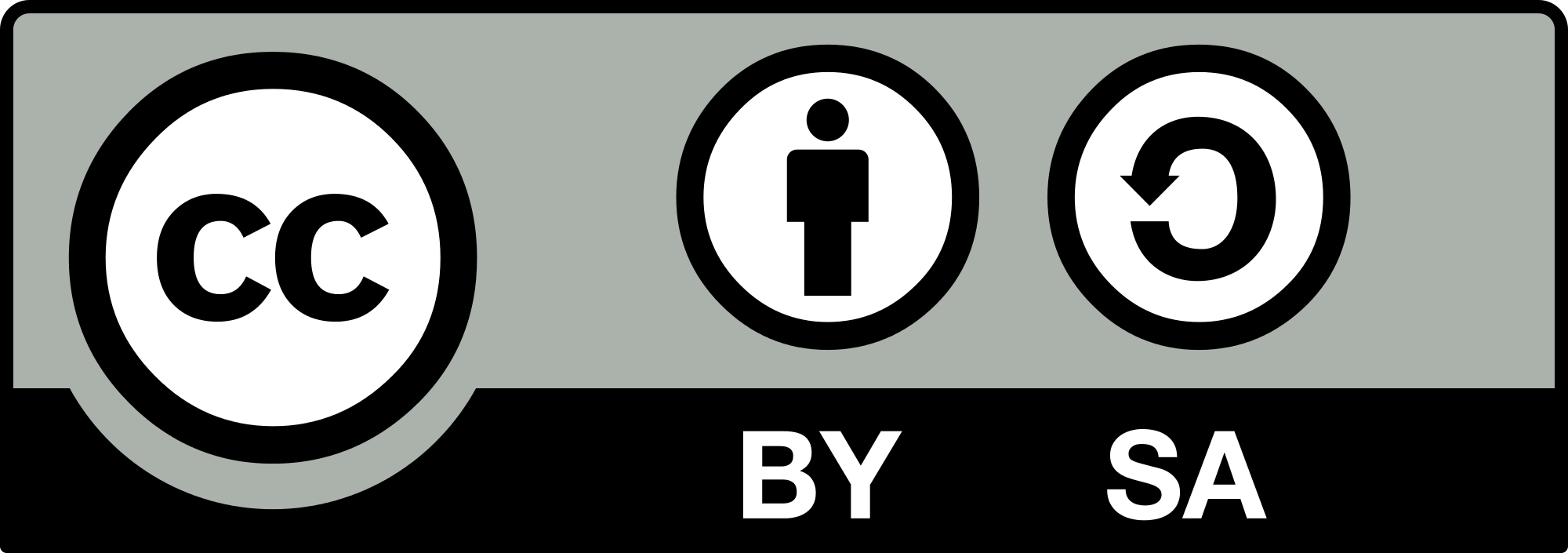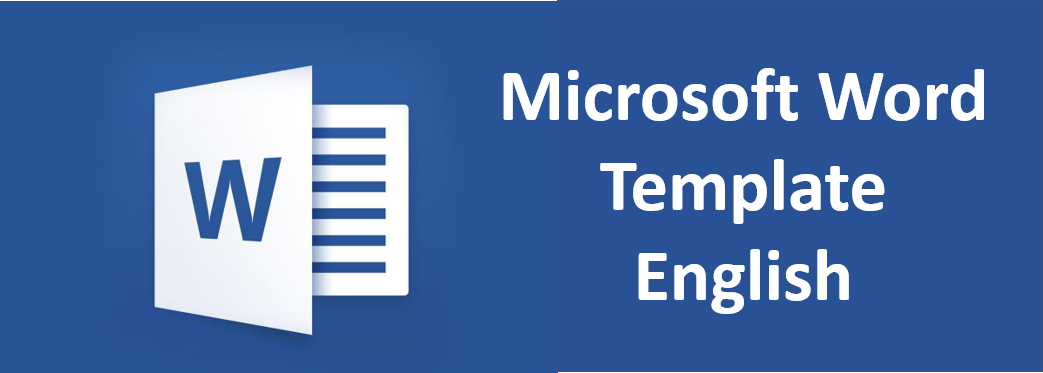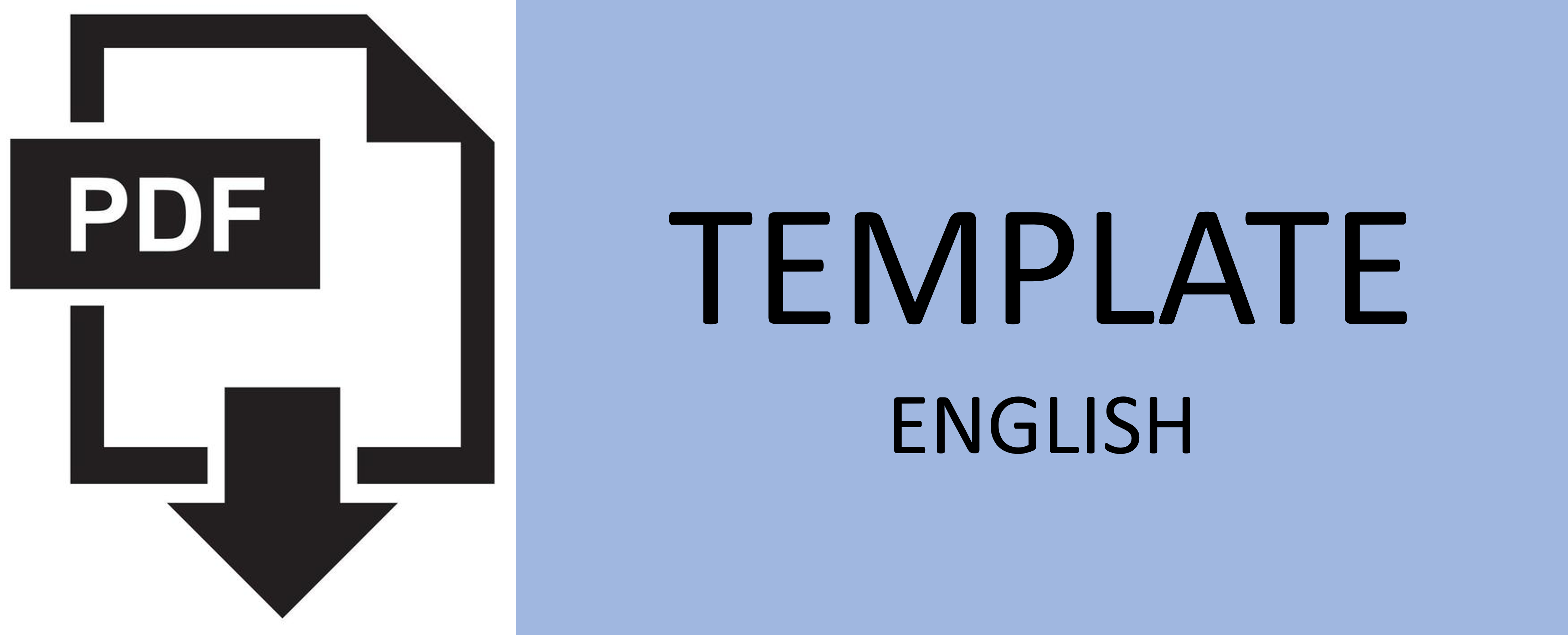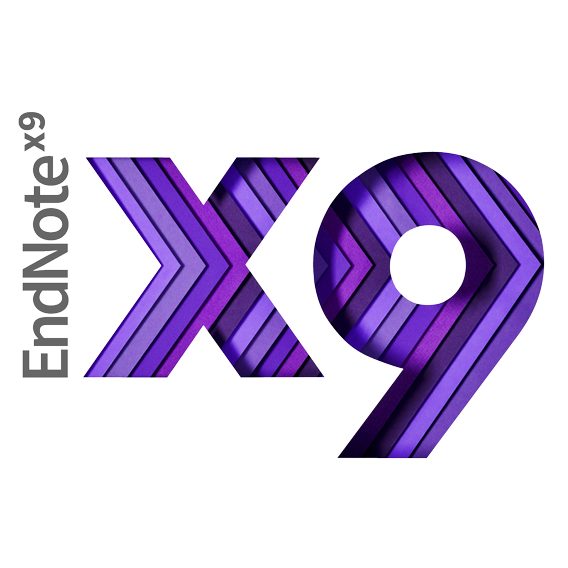The Impact of Toll Roads on The Modes Choice Transportation Case Study: Banyuwangi-Surabaya
Abstract
As the population increases, the level of activity and mobility will also increase. To facilitate people's movement, the Indonesian Government built infrastructure in the form of toll roads. The Trans-Java Toll Road stretches between Merak Harbor, Cilegon, Banten Province, and Ketapang Harbor, Banyuwangi, East Java Province. The Surabaya-Banyuwangi section is currently in the development stage. The existence of the Banyuwangi-Surabaya toll road will impact behavioural patterns in using transportation modes. Currently, several modes of land transportation can be used, i.e., buses via toll and non-toll (economy), trains, and private cars. The current travel time from Banyuwangi-Surabaya is 6 hours 30 minutes using a toll bus and 8 hours 15 minutes using a non-toll bus. In comparison, the travel time for the Wijayakusuma train mode (Banyuwangi-Surabaya) is 6 hours 2 minutes. Private vehicles (cars) also use a variety of different routes, causing the travel time and travel costs of private cars to be affected. Differences in travel time and routes used due to the existence of the Banyuwangi-Surabaya toll road change mode preferences between toll buses, non-toll buses (economy), trains, and private vehicles (cars). This research is a model for selecting transportation modes for the Banyuwangi-Surabaya route using the split modal method with an exponential function or difference function (β) with a value of NMAE= 0.0000087, where the NMAE value is close to 0, and can be used to estimate the proportion of modal choices on the Banyuwangi Surabaya route.
Keywords
Full Text:
PDFReferences
Badan Pusat Statistik (BPS), “Statistik Indonesia statistical yearbook of Indonesia 2022”, no. 03200.2205, BPS, Jakarta, Feb. 2022.
Jasa Marga (2022), Accessed November. 03, 2022. Available: https://www.jasamarga.com/public/id/aktivitas/detail. aspx?title=Pembebasan%20Lahan%20Jalan%20Tol%20Probolinggo-Banyuwangi%20Segmen%20Probolinggo-Besuki%20Capai%2028,69%,%20PT%20JPB%20Op timis%20Pengerjaan%20Konstruksi%20Bisa%20Di mulai%20Akhir%20Tahun%20Ini
Ofyar Z, Tamin, “Perencanaan dan Pemodelan Transportasi”, Institute Teknologi Bandung, Bandung, 1997.
Tamin, O.Z, Perencanaan dan Pemodelan Transportasi, Edisi ke-2, Institut Teknologi Bandung, 2000.
Pramudita, A., & Widyastuti, H. (2020). “Studi Pemilihan Moda Kereta Api Eksekutif Dan Kereta Api Semi Cepat Rute Jakarta-Surabaya Menggunakan Teknik Stated Preference”. Jurnal Aplikasi Teknik Sipil, vol. 18, no. 2, pp. 165–170, Aug. 2020. https://doi.org/10.12962/j2579 891X.v18i2.7395
Sugiyono, “Metode Penelitian Kuantitatif, Kualitatif, dan R&D”, Edisi ke-3, Bandung: Alphabet, 2021.
J. J. Tejada and J. R. B. Punzalan, “On the Misuse of Slovin’s Formula”, The Philippine Statistician, vol. 61, no. 1, 2012.
Husein Umar, “Metode Penelitian Untuk Skripsi dan Tesis,” Edisi 2, Jakarta: Rajawali pers, 2013.
Indriantoro, Nur dan Bambang Supono, “Metodologi Penelitian Bisnis Untuk Akuntansi dan Manajemen,” Yogyakarta: FEB Universitas Gajah Mada, 2013.
Ghozali, I, “Aplikasi Analisis Multivariate dengan Program SPSS.Semarang,” Badan Penerbit Universitas Diponegoro, July 2013.
Taaffe, EJ, Gauthier, HL & O’Kelly ME, “Geography of Transportation (2nd ed),” New Jersey: Prentice-Hall, 1996.
Ortuzar, J. de D. (ed.), “Simplified Transport Demand Modelling”, Perspectives 2, PTRC, London, 1992.
J. ABADIE and J. CARPENTIER, “ Generalization of the Wolfe Reduced Gradient Method to the Case of Nonlinear Constraints, in R. Fletcher, (ed),” Optimization, Academic Press, New York, pp. 37-47, 1969.
L.S. LASDON, A. WAREN, A. JAIN and M. RATNER, “Design and Testing of a Generalized Reduced Gradient Code for Nonlinear Programming,” ACM Transactions on Mathematical Software, vol. 4, no. 1, p. 34-50, 1978.
G.V. REKLAITIS, A. RAVINDRAN, and K.M. RAGSDELL, “Engineering Optimization Methods and Applications,” John Wiley & Sons, New York, Section 12.6, 1983.
J.L. LIEBMAN, et al., “Modeling and Optimization with GINO,” Scientific Press, Redwood City, CA, 1986.
Atkins, S.T., “Why Value Travel Time? The Case Against,” Highways and Transportation, 1984.
RUC (Road User Costs) Model, “Second Technical Advisory Services on Planning and Programming,” Directorate General of Highways, Ministry of Public Works, 1991.
LAPI−ITB, “Perhitungan Besar Keuntungan Biaya Operasi Kendaraaan, KBK Rekayasa Transportasi,” Jurusan Teknik Sipil, ITB, 1997.
Muhammad Alfian Nasril, B, “Pemilihan Moda Transportasi Akibat Adanya Jalan Tol Menggunakan Metode Modal Split (Studi Kasus: Tulungagung Surabaya) (Doctoral dissertation, Institut Teknologi Sepuluh Nopember Surabaya),” 2022.
DOI: http://dx.doi.org/10.12962%2Fj20861206.v39i1.20004
Refbacks
- There are currently no refbacks.

Journal of Civil Engineering is licensed under a Creative Commons Attribution-ShareAlike 4.0 International License.







.jpg)